There can be your advertisement
300x150
Journey to the Unique Features of 1960s Furniture
The 1960s were a decade marked by cultural revolutions, artistic innovations, and a departure from traditions. In the realm of furniture design, this era gave birth to a unique style that still captivates and inspires today. Join us on a journey through time as we explore the distinctive characteristics of 1960s furniture and its lasting influence on modern design.
1. Bold and Playful Colors
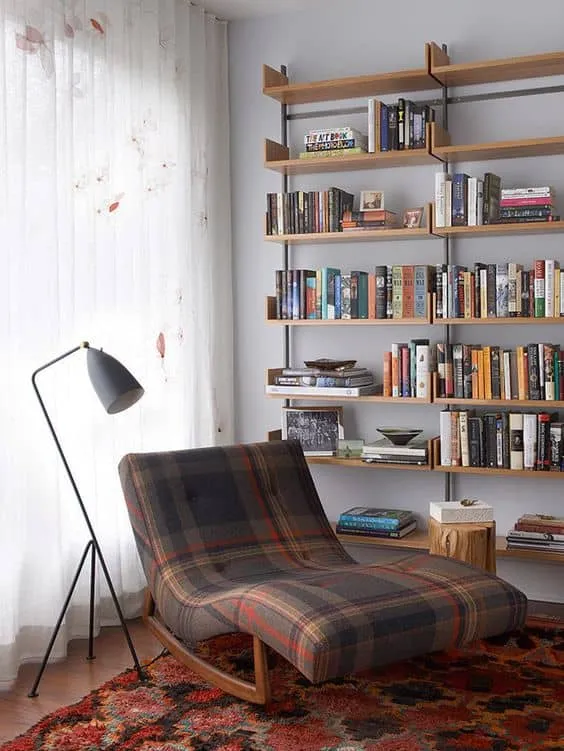 Pinterest
PinterestOne defining feature of 1960s furniture was the fearless use of color. The era embraced bright hues and bold patterns, reflecting optimism and enthusiasm of that time. From avocado green to faded orange, furniture from the sixties was a celebration of vibrant and energetic color palettes that brought joy and playfulness to living spaces.
2. Organic Shapes and Smooth Lines
Influenced by the mid-century modern movement, 1960s furniture was characterized by organic shapes and clean lines. Designers drew inspiration from nature, incorporating curves, arcs, and asymmetrical forms into their work. The result was furniture that appeared smooth and harmonious, breaking away from the rigid structures of previous decades.
3. Mixing Materials with a Twist
 Pinterest
PinterestDuring the 1960s, designers experimented with materials by combining traditional and unconventional elements to create striking pieces. Wood, plastic, and metal were often used in innovative combinations. Iconic designs such as the Eames chair with its molded wood and leather upholstery embodied this trend of combining different materials for aesthetics and functionality.
4. Futuristic and Cosmic Designs
The 1960s were a time when people were fascinated by the future and space exploration. This fascination found its way into furniture design, with elements that seemed plucked from science fiction. Satellite chandeliers, egg-shaped chairs, and strict space-age tables became symbols of this forward-looking design.
5. Universality and Modularity
 Pinterest
PinterestAs urban living spaces evolved, the need for adaptable furniture grew. Designers rose to this challenge by creating modular furniture that could be reconfigured according to changing needs. Shelving systems, sofas, and storage solutions were designed with universality in mind, allowing owners to easily customize their spaces.
6. Craftsmanship and Quality
Despite futuristic and experimental designs, the 1960s also emphasized craftsmanship and quality. Many significant pieces of this era were meticulously crafted, showcasing a dedication to harmony between form and function. This commitment to quality contributed to the longevity of 1960s furniture, with many becoming valuable collectibles today.
7. Iconic Designers and Timeless Pieces
The 1960s were an era of visionary designers whose works became synonymous with the decade. From the aforementioned Charles and Ray Eames to Arne Jacobsen and Eero Saarinen, these geniuses created furniture that not only defined the 1960s but continues to be celebrated and reproduced today.
More articles:
 Beach House with White Base and Flower Accents
Beach House with White Base and Flower Accents Bedroom for Young Woman in Boho Chic Style with Soft Tones
Bedroom for Young Woman in Boho Chic Style with Soft Tones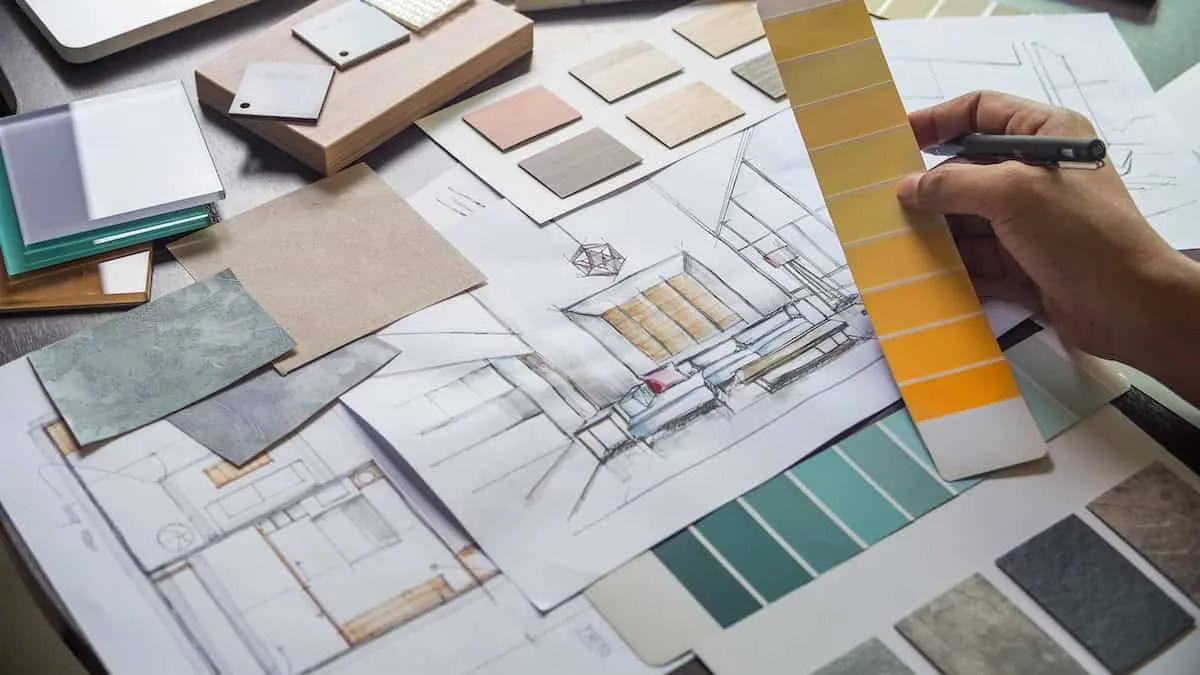 Beginner's Guide to the Fundamentals of Interior Design
Beginner's Guide to the Fundamentals of Interior Design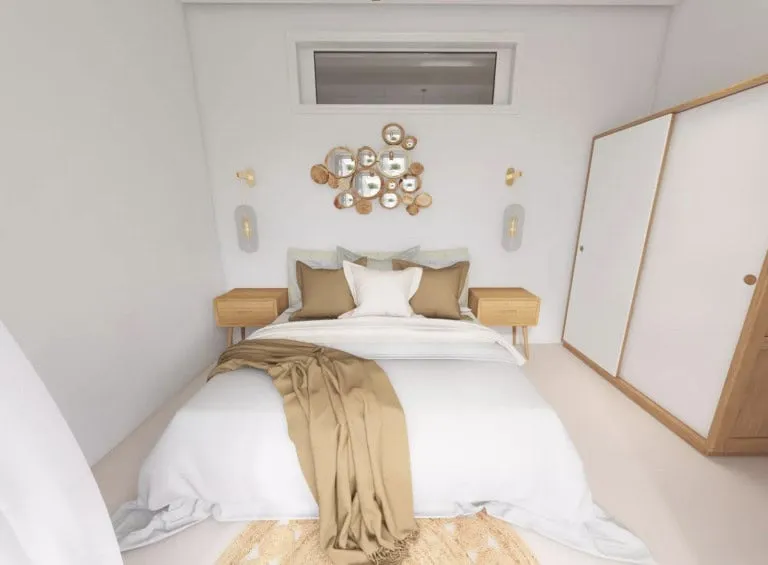 Bohemian Chic Vacation in Casablanca
Bohemian Chic Vacation in Casablanca Cannister Bedside Table for Bedroom
Cannister Bedside Table for Bedroom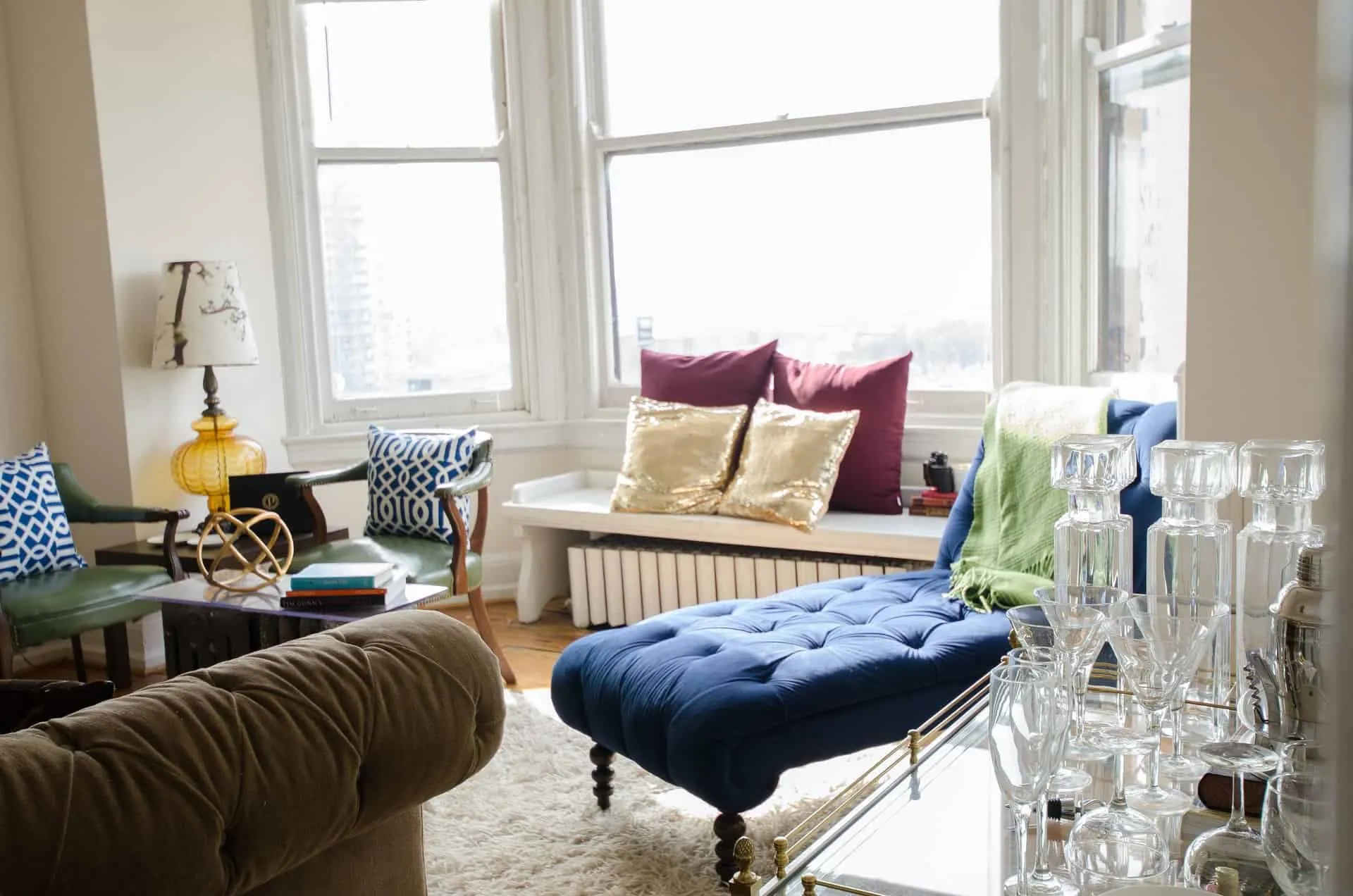 Recliner Chair: Where to Place It in the Room
Recliner Chair: Where to Place It in the Room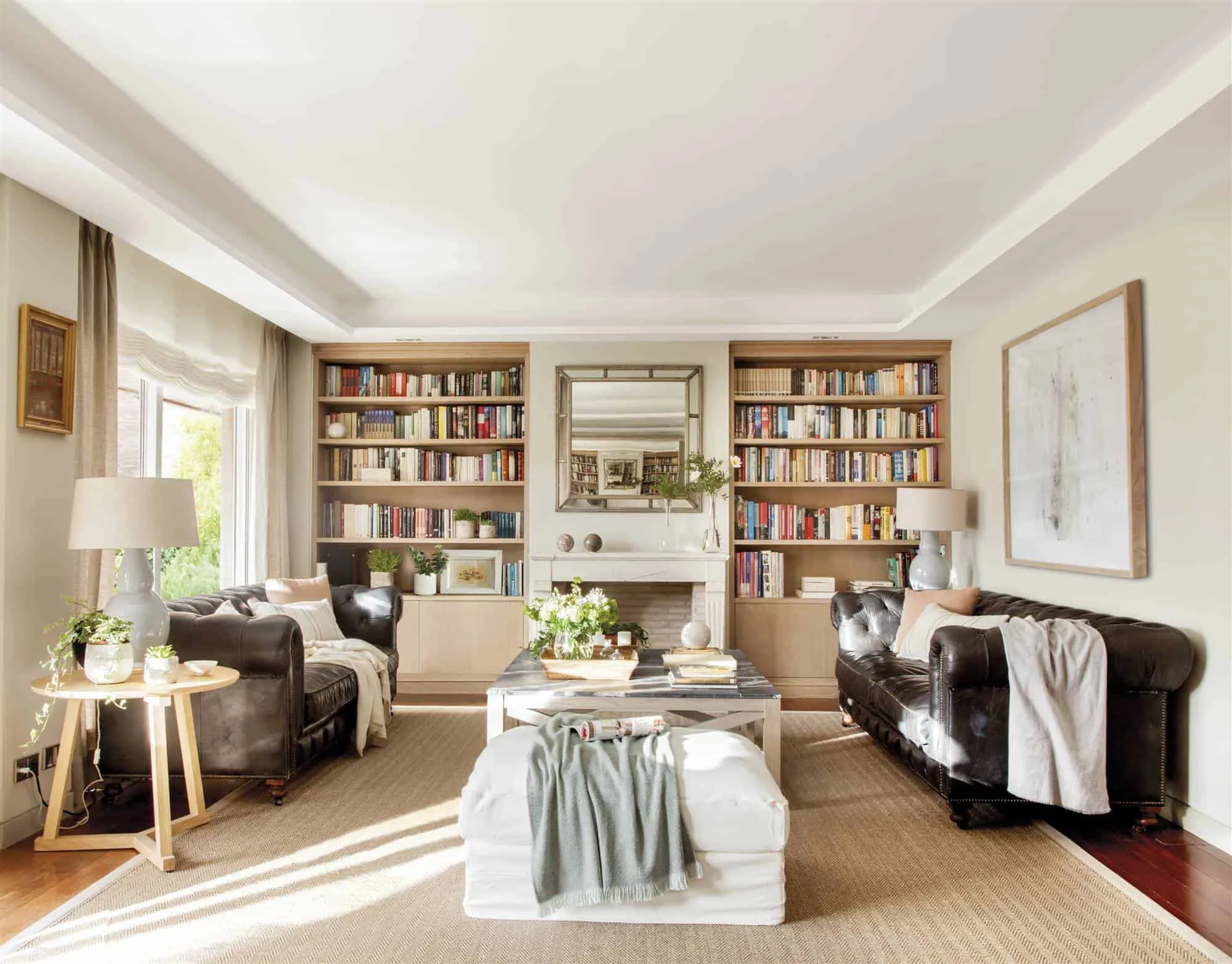 Classic Apartment with Wooden Elements and Textures
Classic Apartment with Wooden Elements and Textures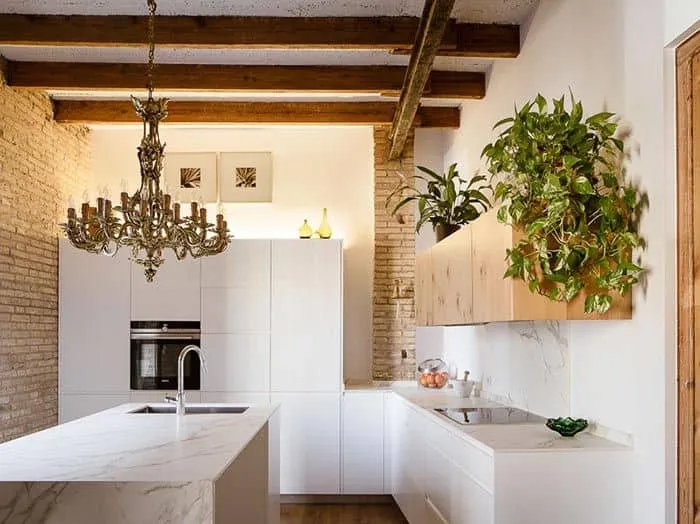 Classic Renovated Apartment with Style, Warmth and Light
Classic Renovated Apartment with Style, Warmth and Light